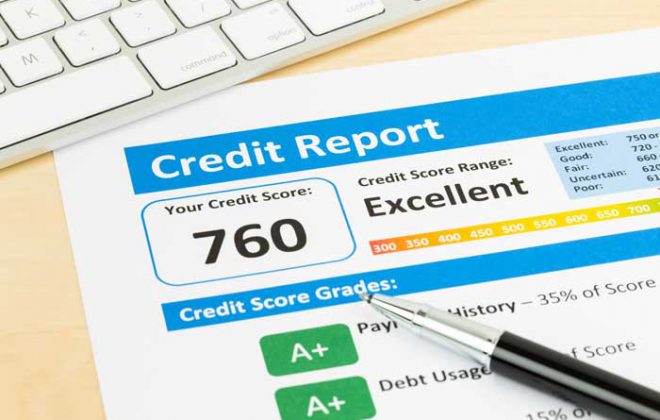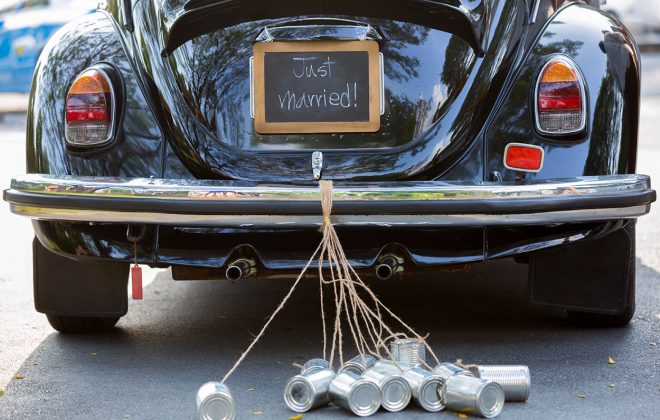Is Credit Good or Bad?
To understand credit, we need to go back at least 5 000 years to a time when it never existed. It was around then that Mesopotamia introduced something (known by them as a shekel) which we all know today as money.
So, what did we use before the invention of money? The answer to that question is that people bartered. This is how it worked:
Person A needed tomatoes and person B needed a chicken. If the person needing the tomatoes (Person A) also happened to have chickens, then the two of them could make an exchange. In other words, you give me ten tomatoes and I, in return, will give you one of my chickens. But what do you do when the person wanting the tomatoes does not have the chicken the person with the tomatoes is wanting? Bartering was not ideal to put it mildly.
Money was a huge advance over bartering, because now you could pay by attaching a value to chickens and tomatoes and then count out the number of coins needed to purchase whatever you needed from whomever you wanted to. But this system of money created a new problem – what to do if the item you wanted to buy, costs a lot more than you currently had available in cash? This leads to the idea of selling on credit.
In the good old days, people tended to live in small villages where everyone knew everyone else’s business. Credit was granted largely on trust. A customer walked into a store and bought six eggs on credit. This was probably written up in some sort of a book and the debt settled at the end of the month. You probably know of some businesses which still operate this way today.
Modern credit also based on trust. The major difference here is that the person asking for credit is a complete stranger to the person offering the credit. Obviously, in such a relationship, the one taking most of the risk is the person giving the credit (credit provider). Modern credit providers make their money by charging you money for lending you, their money. This they do by charging you interest on the amount of money loaned. If there is a high risk of them not getting their money back, they might charge a much higher rate of interest to offset the risk of loss. If there is a lower risk – such as with a home – they will charge a lower rate of interest.
Is credit good or bad?
Consumer credit consists of things like home loans, overdrafts, personal loans, credit cards, and motor finance. Electricity and water, although they seem to work on the same principle, are services and not the same thing.
The advantage of credit is that it allows us to buy items we need today without having to pay for them immediately. Take for instance buying a home. We all need a place to stay tonight. We can of course, start off by renting a home, but that does not leave us with much left over to save up and buy a home of our own. The only way most of us can do this, is with a home loan. So yes, credit is a good thing!
But, while credit is a fantastic tool for improving our standard of living, it can also destroy our standard of living. How so?
Well, consider the following situation. On the one hand we have you – the consumer – and on the other hand we have the credit provider. Both of you want something.
The consumer wants the new car today but cannot afford it, and the credit provider knows this.
The credit provider also wants to make as much money as possible from financing the new car. Well, as much as they think you can afford to repay. The only way for them to make money is by granting you the credit. The credit provider might not care about putting you into a situation where you cannot afford to repay your other credit providers. In fact, they might not even be that concerned if you can barely afford the repayments on your new car.
This is especially true when it comes to physical assets such as homes and cars. Think about it. If you fail to pay, what do they do? They repossess the asset, sell it for what they can get, and hold you liable for the difference still owed to them. A win-win situation for the credit provider if ever there was one.
Of course, the opposite can also happen. Take unsecured loans for instance. An unsecured loan is one not involving any physical assets such as a credit card. What prevents the consumer from loaning the money and never repaying the debt? Take yourself for example. How many times have friends and family lent money from you and never paid you back? What is even worse, a year or two later and they are back to lend more.
Anyway, getting back to the point. Over indebtedness and reckless lending became so bad that government had to step in and regulate the credit industry. In the next article we will discuss what the National Credit Act is, and how it protects both you – the consumer – and the credit provider.
Get in touch with us today! Save up to 50% on your monthly debt repayments.
Get a free debt assessment
Or
Apply via Whatsapp here
Until next time.
The MoneyShop Team
This article has been prepared for information purposes only and it does not constitute legal, financial, or medical advice. The publication, journalist, and companies or individuals providing commentary cannot be held liable in any way. Readers are advised to seek legal, financial, or medical advice where appropriate.
MoneyShop





